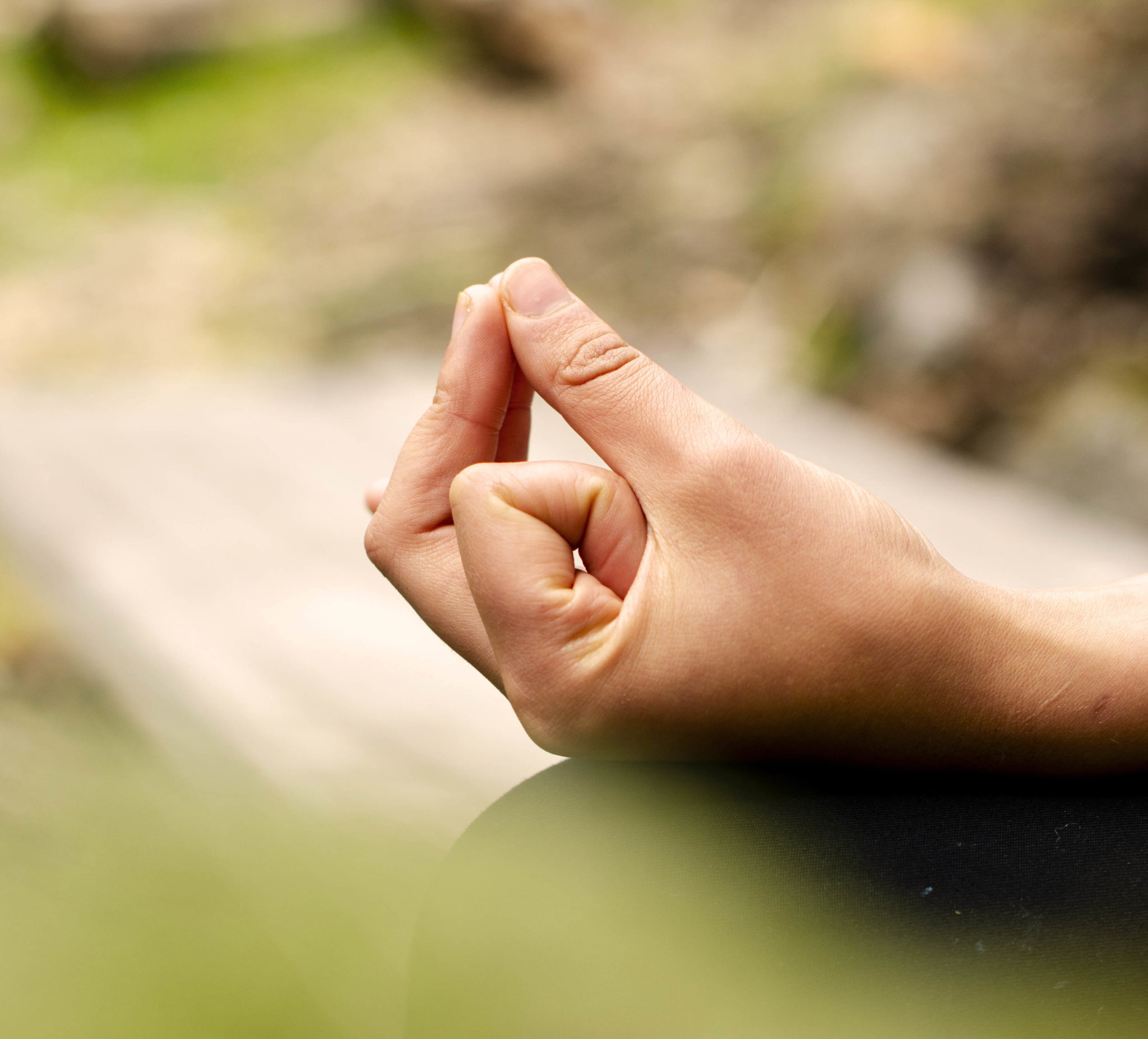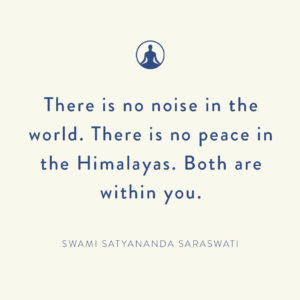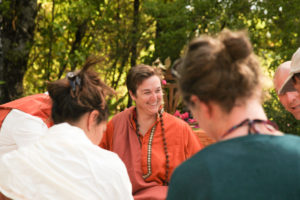
Equanimity & Resilience in the face of challenge
In the period of a week New Zealand moved into Lockdown as a result of Covid-19, stunning the population as we entered unprecedented territory for New Zealand history. The virus has brought an enormous scale of challenges, along with a variety of other global issues and based on the responses on my Facebook page a fair few people have been losing their balance.
My 20-year-old daughter expressed that, “the world is falling apart and what will it be like for future generations?” Of course, like many, I wonder too. While I am sure the world is not entirely dissolving and that as humans we have always faced change, it often does seem to be going a bit crazy. Sometimes, these world problems can feel overwhelming or it is too easy to get caught up in our own day-to-day stresses and lose perspective on life.
Many of us are facing change due to the Covid-19 pandemic, requiring us to adapt during this time of stress. Equanimity and Resilience are vital traits that are helpful when navigating these uncertain times. Without them, we wouldn’t survive the accumulated hardships, transitions, and stressful situations that are present in even the most privileged human life. Through yoga, we can train the body and mind to cope with small amounts of stress in a controlled scenario. Thus making it easier to be less reactive in our everyday lives, instead responding from a place of calm.
We may not be able to change the external circumstances in this very moment, but we can work on how we respond to them. By creating more peace and harmony in ourselves, we do in fact affect those around us, which spreads into the greater environment.

The deeper meaning of Hatha Yoga is about union and balance, ‘Yog’ meaning union and ‘Ha’ and ‘Tha’ embodying two opposite forces of prana, the Nadis, that influence every experience in life. Ha signifies the Pingala Nadi, a flow of dynamic sun energy and the physical force represented by the sympathetic nervous system (fight and flight). The Tha indicates the Ida Nadi, a more internal, mental energy, connected to the moon and the parasympathetic nervous system (rest and digest).
Most of the time, one or other of these two forces is more dominant, influencing how we act or respond to any situation. In short, it is moving us like a pendulum into different states of experience and, when either flow dominates, it is hard to keep a balanced perspective on life.
The aim of the yoga practices that we do and teach was originally about creating equanimity in the two opposing flows – the mental energy and the physical energy. When they are purified, disciplined and balanced, a third force, the spiritual energy or higher mind, awakens. When we are operating from the higher mind, then nothing that happens in life can disturb us.
The aim of the Yogi, as stated by Krishna in the Bhagavad Gita, an epic story and teaching of India is: “Perform all actions, Dhananjaya, dwelling in union with the Divine, renouncing attachments, and balanced evenly in success and failure.”
Some aspirants have peace of mind when they are in a quiet forest, but the minute they return to society or something unexpected happens, there is reaction and distraction. My inspirer said, “there is no peace in the Himalayas, no noise in the city, both are within you”. While, I am quite sure we all wish for this peace, when the difficulties arise in life or the situations change, it is very easy to totter off the narrow beam of balance.

The Bhagavad Gita, in essence, is about a war between two sets of brothers, one set representing the positive nature and the other the negative. Arjuna, the warrior for positivity begins to doubt and hesitate in his duties when faced with the prospect of fighting against his own family. This is symbolic of us humans living our lives with doubts and worries, without clarity on our paths and fighting with our own selves much of the time. Arjuna receives teachings from Krishna, who represents the higher mind, with a key lesson being the importance of a balanced mind even in a battlefield of life.
Again you will find in the Bhagavad Gita: “The disciplined self, moving among the sense objects with senses freed from attraction and repulsion, mastered by the self, goeth to peace”.
So in these difficult times that come and go, let us practice an attitude off equanimity, resilience & peace in front of the difficulties and remember the deeper essence of the yogic path, which is about bringing the practice we do on the mat, and the balance that we experience from that, into each and every moment, even the difficult ones.
A Few Quick Tips for Equanimity & Resilience

Developing the Witness
The input through the senses is continuously being filtered by the mind, stimulating thoughts, emotions, memories and actions. It creates a constant noise and because we are usually so involved with it, being pushed and pulled by our own senses and mental movements, the ability to decipher what is the truth and what is just the chatter of the monkey mind becomes cloudy.
Over the years, the single most important practice that helps me remain more balanced is practising mindfulness or observation in front of the different experiences in life. Instead of getting caught up in the drama, it is about sitting back and watching the movie of the mind and emotions, with the same attitude you would in the theatre. You laugh, cry, experience it, but you know it is a movie. This perspective in front of the experiences of life gives more ability to consciously choose the way we want to respond.
Balancing Asanas
Balancing practices such as the Tree Pose work on the brain by stimulating the cerebellum, the area that controls balance. In order to hold the balance for some time, it is necessary to focus the mind or the balance will waiver. Have you noticed that sometimes balance is more easily achieved than at others? Depending on the state of mind, it will be reflected in the body, and visa versa. Over time, working on balancing poses gives more steadiness of mind, which can be extended into daily life situations.

Nadi Shodhana Pranayama
The word shodhana translates as purification or cleansing, therefore, Nadi Shodhana is the practice which purifies the Nadis, removing obstacles for better functioning of the sympathetic and parasympathetic nervous systems. By equalising the flow of prana in the mental and physical energies, nadi shodhana has a harmonising influence on the body and mind.
Nadi Shodhana also imposes a rhythm on the brain and the Nadis over the irregular state that normally exists. Modern living has removed the regular rhythms of nature from the human body and Nadi Shodhana assists in bringing the body, prana and mental activity back into balance. Research has shown that Nadi Shodhana affects the brain waves by superimposing a regular sine wave over the normal irregular brain activity, imposing a discipline on the irregularities of the mental process and, eventually, the autonomous body rhythms.
~ ~ ~ ~ ~ ~

Swami Karma Karuna, a founding member and director of Anahata Yoga Retreat, NZ, is an engaging, intuitive yoga teacher with more than 25 years training and experience in a range of areas such as therapeutic applications of yoga, yoga nidra relaxation, prana, chakras, women’s health and applications of yoga into daily life. She is based in New Zealand and travels internationally, including guiding yearly sadhana (Yoga practice) retreats in India at the home of her spiritual guides. Swami Karma Karuna shares her depth of knowledge in a simple and practical way, creating an inspiring environment for people to access and apply yogic practices in their own lives.
